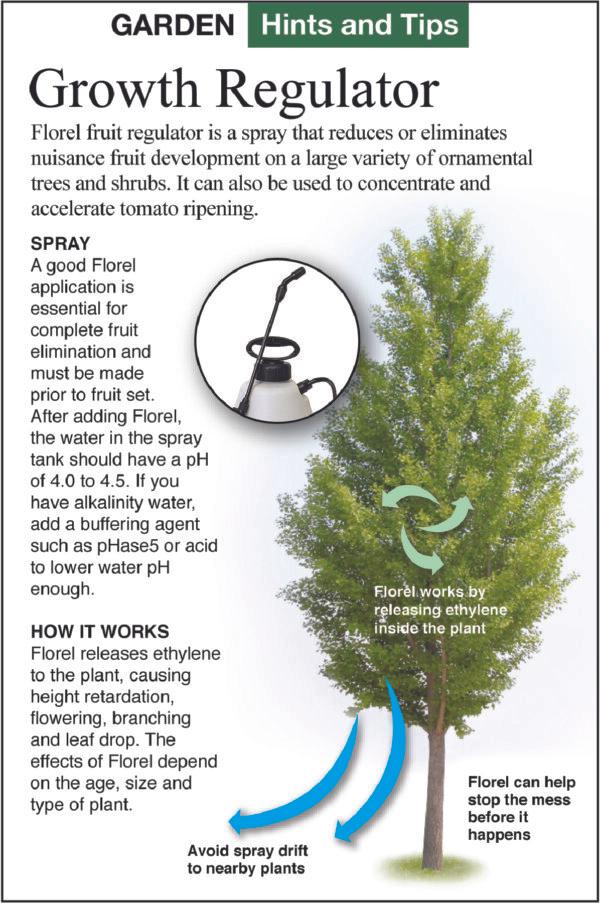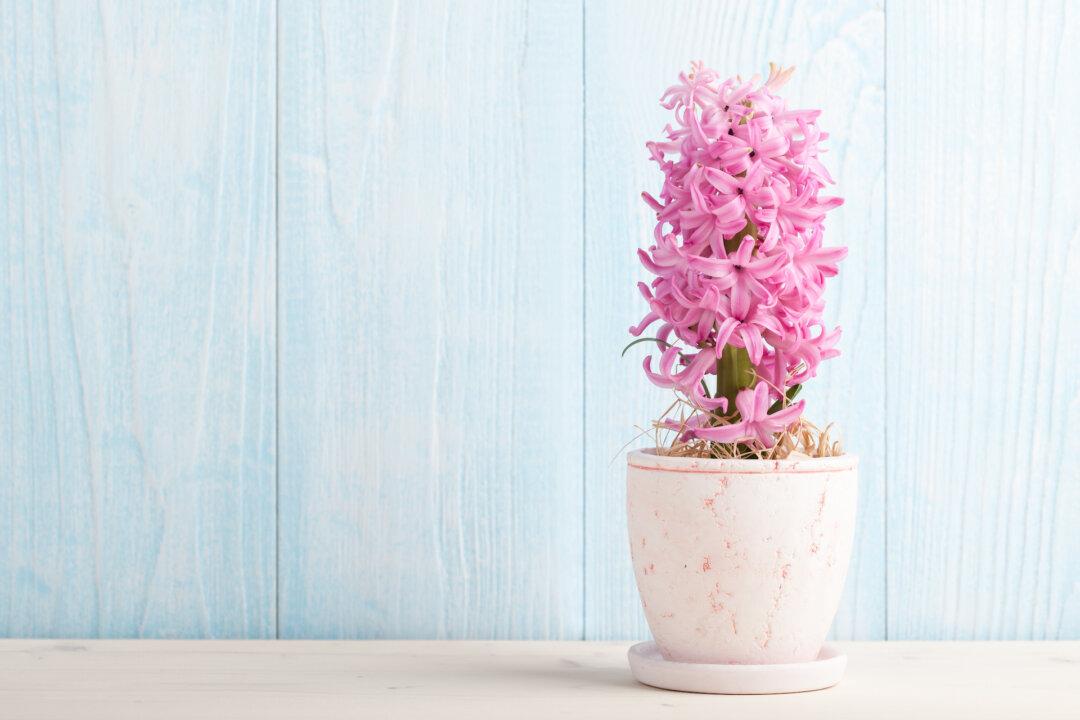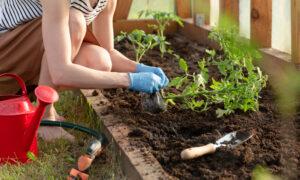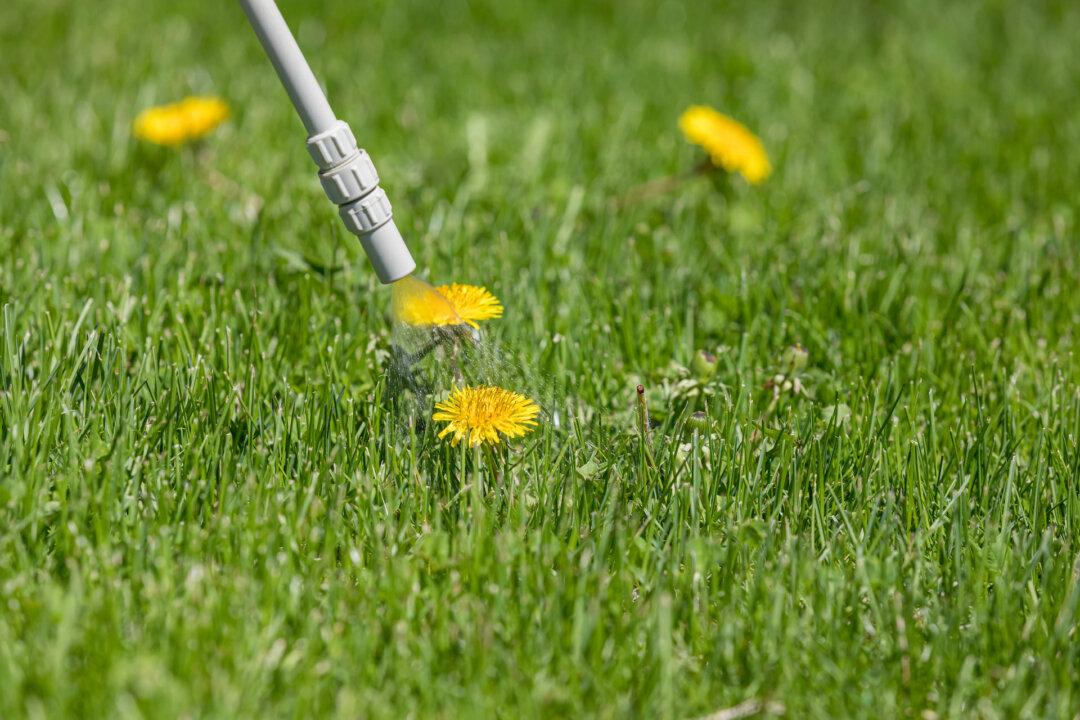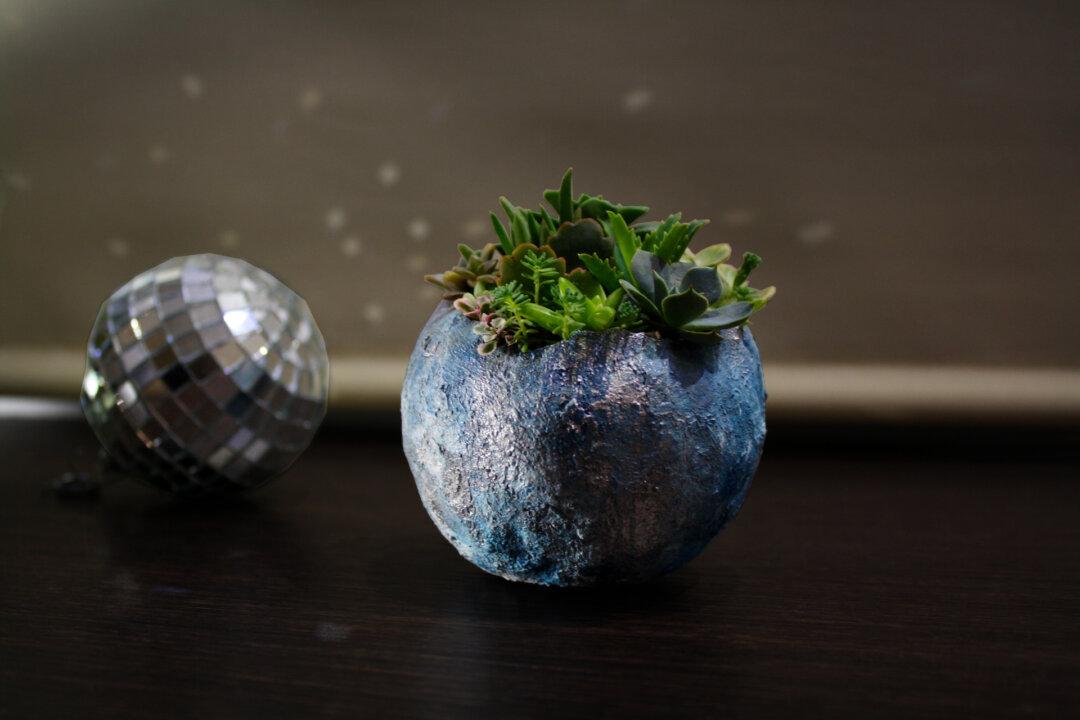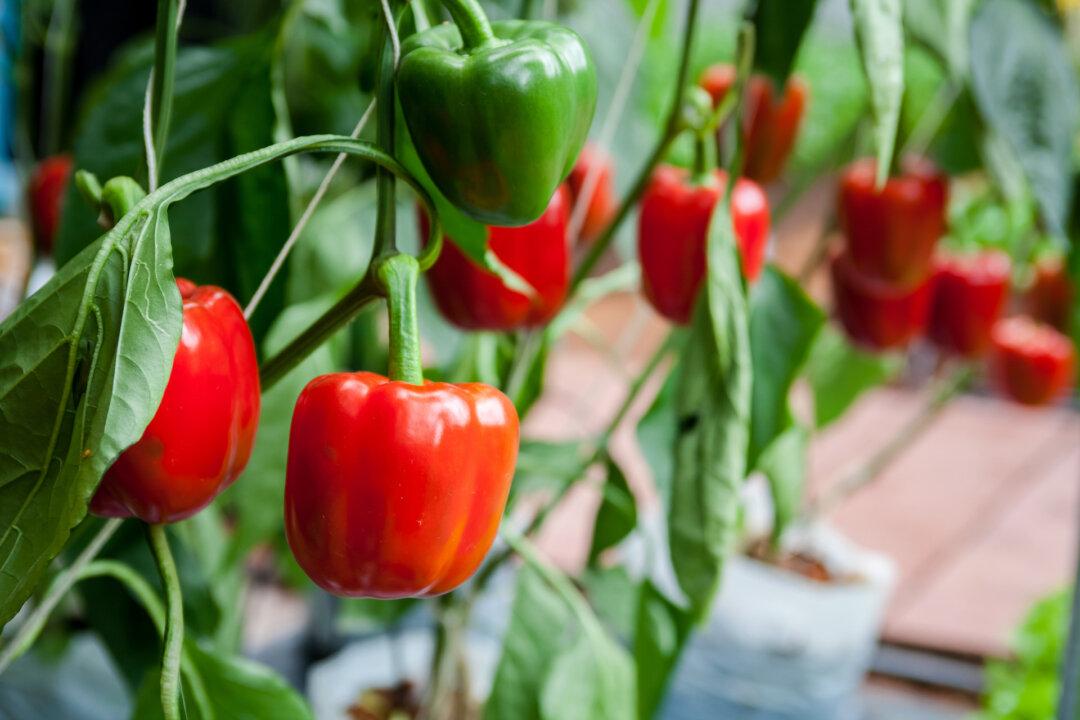Florel is a natural growth regulator. It breaks down in and on the plant into ethylene, which is a gas. Ethylene is found in all plant cells, but also, being a gas, it is continually escaping the plant. It affects cell growth and cell shape, such as preventing leaves from expanding until they have enough light. When tree trunk cells flex in the wind, ethylene production causes thicker cell walls. Ethylene gas builds up in fruit, causing the fruit to ripen and release the seeds. Ethylene gas from a ripe apple or banana in a bag with green tomatoes will cause the tomatoes to ripen faster. Wholesale storage units that keep fruit for months at a time need to continuously remove ethylene gas, or else the fruit would finish ripening and begin to rot.
As I say for all household and horticultural products, read the directions and do as they say. This is especially important with Florel because applying it at the wrong time, in the wrong amount, or when something is already causing stress to the plant can cause big problems.
To reduce or eliminate fruit on apple, crabapple, carob, elm, flowering pear (bradford), flowering plum, horsechestnut (buckeye), oak, olive, sour orange, sweetgum, sycamore, and others, Florel must be applied when the plant is in bloom, not after fruit are starting to grow. I do not see ginkgo listed on the label, but I have seen it recommended by Extension Service scientists. Florel doesn’t move much in the plant, so untreated branches may still produce fruit. Tall trees may be hard to treat.
Mistletoe is a parasitic plant that may just be ugly in your tree, but in large amounts, it can kill a tree. Florel eliminates both dwarf mistletoe and leafy mistletoe. Depending on the host plant, it can be applied in the spring or fall.
If you have any of the common bromeliad species, a Florel spray will induce flowering. If you are growing daffodils or hyacinths in pots, they tend to grow too tall and fall over. A Florel spray will keep the stems short.
If you are growing your own cuttings of begonia, chrysanthemum, fuchsia, geranium, sweet potato vine (Ipomea), lantana, New Guinea impatiens, poinsettia, or vinca vine (periwinkle), Florel will increase the lateral branching for a while. The plants will eventually flower like usual, but with a lot more branches, there will be a lot more flowers.
Make sure you read the label; there are instructions for using Florel to grow hybrids of cantaloupe, cucumber, pumpkins, and squash. That same section says you can not use it on any of those crops if you plan on eating the fruit. It is for hybrid seed production only.
